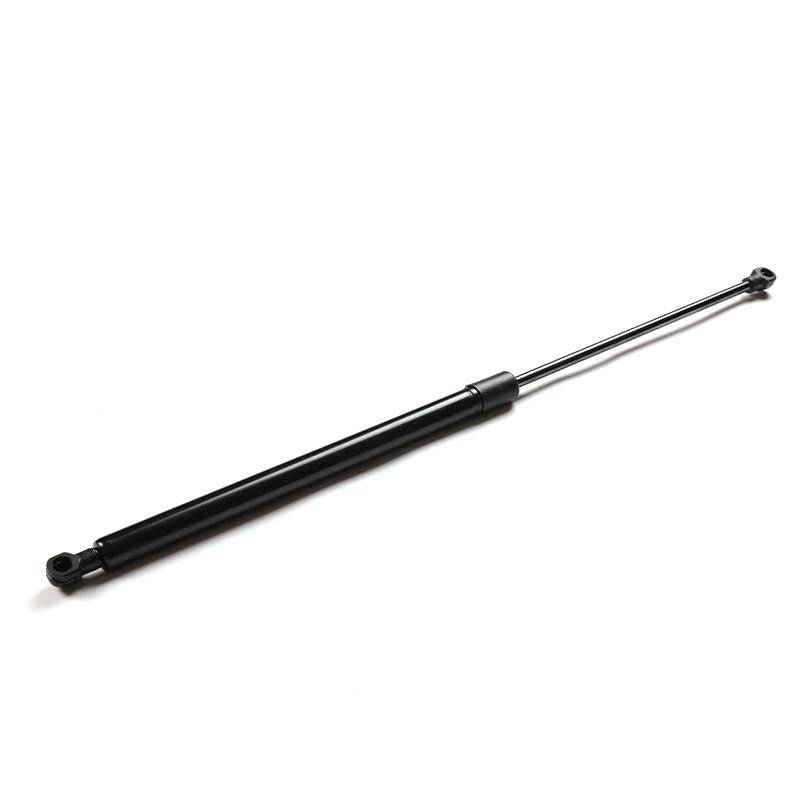Gas springs used in medical applications undergo rigorous engineering and design processes to ensure safety and reliability. Several measures are taken to prevent malfunctions or accidents:
High-quality materials are selected for manufacturing gas springs to ensure durability, corrosion resistance, and chemical compatibility with sterilization procedures commonly used in medical environments.
Gas springs are manufactured with precision to meet strict quality standards and tolerances. Advanced machining and assembly techniques are employed to ensure consistent performance and reliability.
Gas springs undergo extensive testing and certification to verify compliance with relevant safety standards and regulations for medical devices. This includes mechanical testing, pressure testing, endurance testing, and environmental testing to assess performance under various conditions.
Many gas springs are equipped with overload protection mechanisms to prevent excessive force or pressure that could lead to malfunction or failure. These mechanisms may include built-in locks, pressure relief valves, or mechanical stops to limit the range of motion.
Gas springs are designed with fail-safe features to mitigate the risk of accidents in case of malfunction. This may include redundant systems, backup components, or fail-safe mechanisms that ensure safe operation even in the event of a failure.

Gas springs may be integrated with additional safety features, such as position sensors, interlocks, or alarms, to alert users of potential hazards or errors in operation. These features help prevent accidents and promote safe use of medical equipment.
Manufacturers provide user training and guidelines for proper installation, operation, and maintenance of gas springs in medical equipment. This helps healthcare professionals understand how to safely use and maintain the equipment to minimize risks.
Gas springs are designed and manufactured in compliance with industry standards and regulations specific to medical devices. This includes standards such as ISO 13485 for quality management systems and ISO 14971 for risk management.
Manufacturers continuously monitor and evaluate the performance of gas springs in medical applications to identify opportunities for improvement. Feedback from users, field testing, and post-market surveillance help inform design enhancements and address any safety concerns.
By implementing these engineering measures and safety features, gas spring manufacturers ensure that their products meet the stringent safety requirements of medical applications and contribute to the overall safety and reliability of medical equipment used in healthcare settings.